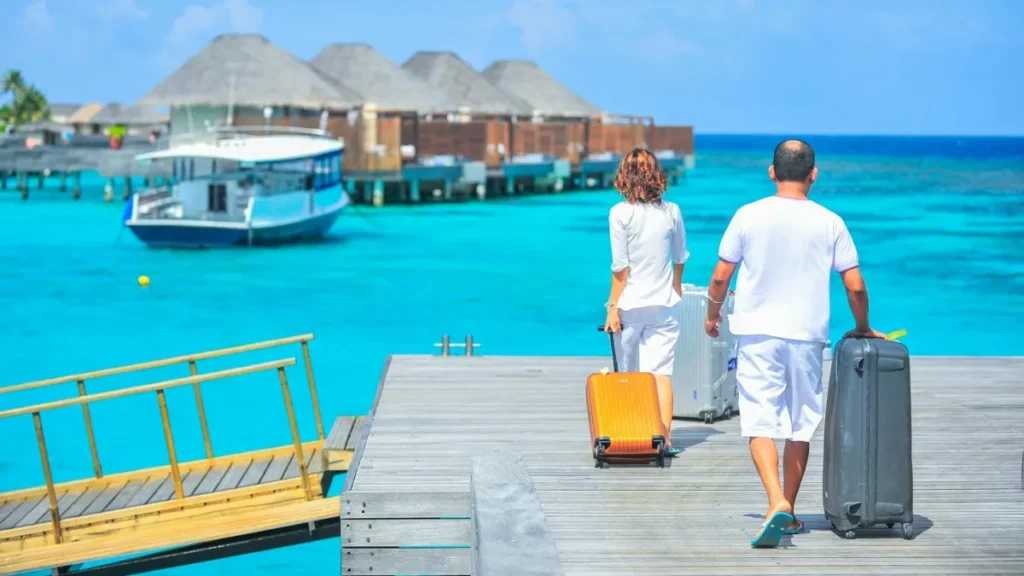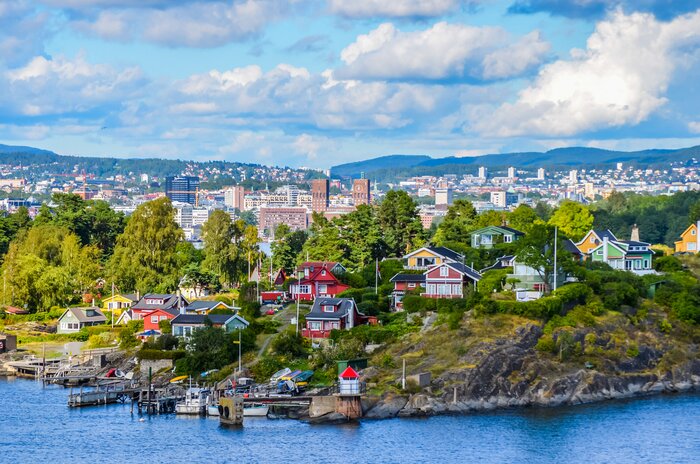
Few cities in the world manage to balance natural beauty and urban sophistication as gracefully as Oslo. Cradled between the serene Oslofjord and the forested hills of Oslomarka, Norway’s capital has blossomed into a model of modern Scandinavian living. Once viewed mainly as a quiet administrative center, Oslo today is a thriving, cosmopolitan city that harmonizes innovation, culture, and sustainability — all while keeping nature close at heart. This fjordside capital stands confidently in its prime, reflecting both Norway’s heritage and its forward-looking spirit.
A City Transformed
Over the past few decades, Oslo has undergone a remarkable metamorphosis. Once characterized by its working docks and unassuming skyline, the city has reinvented itself into a contemporary urban masterpiece. The transformation is most evident along the waterfront, where the Oslo Opera House rises like an iceberg from the fjord. Its sloping marble roof, open to the public, invites residents and visitors alike to stroll above the waterline and take in panoramic views of the city. Just nearby, the Barcode Project has redefined the city’s architectural identity with its sleek, staggered towers that symbolize transparency and innovation.
Further east, the Munch Museum pays homage to one of Norway’s greatest artists, Edvard Munch, offering a bold glass structure that reflects both Oslo’s creative vision and its reverence for art. Together, these landmarks signal Oslo’s evolution — not through unchecked expansion, but through intentional, human-centered design. The once-industrial waterfront is now a lively cultural promenade filled with cafés, art installations, and public spaces that exemplify how a city can grow without losing its soul.
Culture and Creativity at the Core
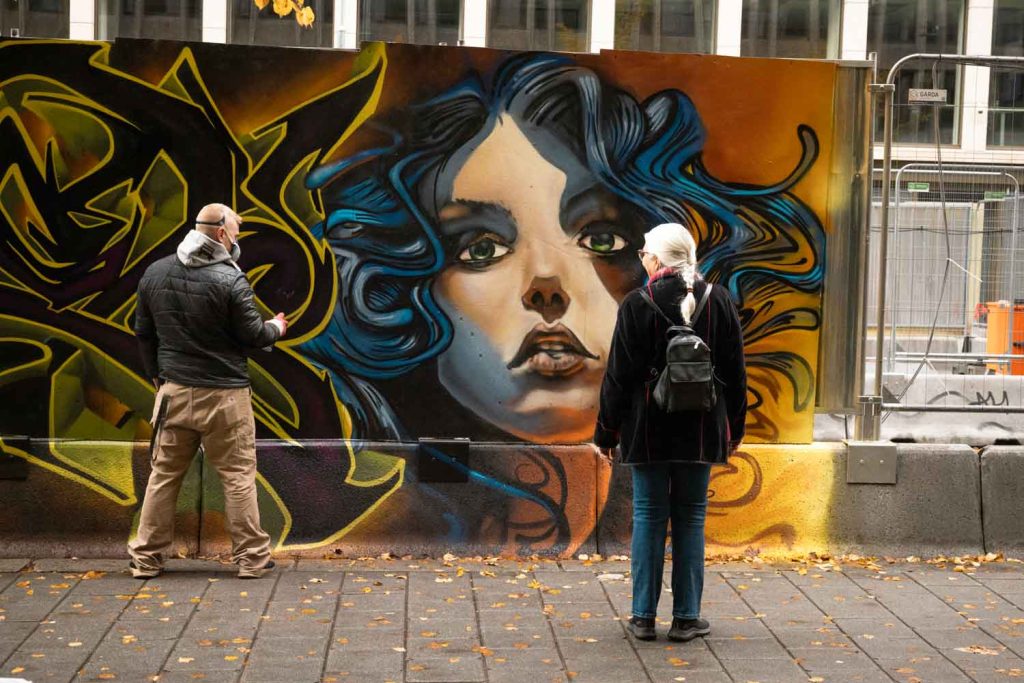
Oslo’s transformation isn’t only architectural; it’s deeply cultural. The city’s creative pulse can be felt in its museums, festivals, and culinary scene. The National Museum, which opened its new building in 2022, houses treasures ranging from Viking artifacts to modern masterpieces, reflecting the continuity of Norwegian creativity. Meanwhile, the Viking Ship Museum preserves the country’s seafaring legacy, reminding visitors of the adventurous spirit that shaped Norway’s identity.
The city’s music and arts festivals — from the Øya Festival to the Oslo Jazz Festival — draw international talent while celebrating local voices. On any given night, the streets of Grünerløkka buzz with live performances, design boutiques, and experimental art spaces. Even the culinary scene mirrors this creative energy: Oslo’s restaurants, including several Michelin-starred establishments, champion locally sourced ingredients and innovative Nordic cuisine. Dining here isn’t just about flavor — it’s an exploration of Norway’s landscapes and seasons, brought to the plate.
Sustainability and Smart Living
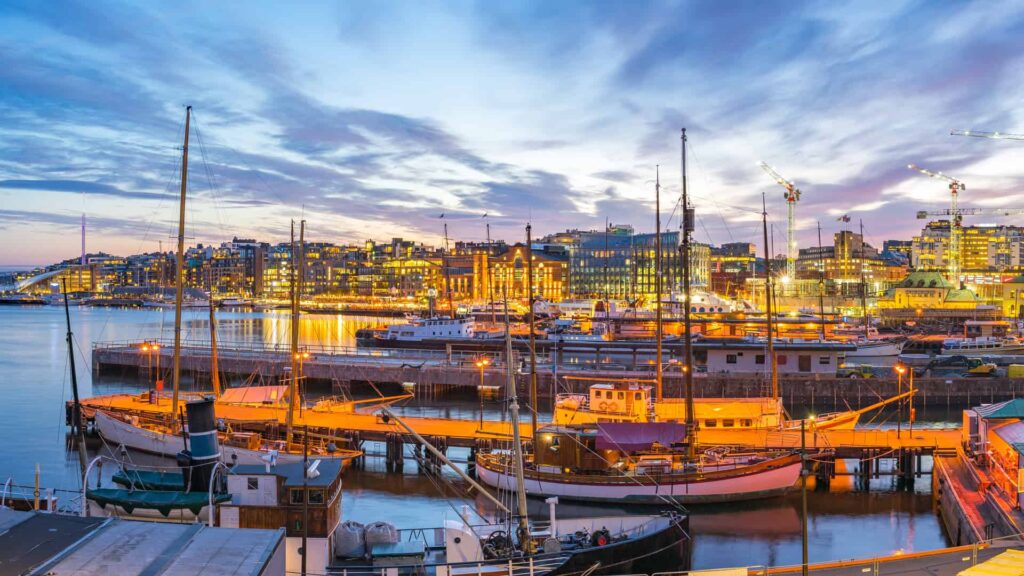
Oslo’s rise as a world-class capital is also rooted in its environmental vision. Named the European Green Capital in 2019, Oslo continues to lead global efforts in sustainability. More than 70% of new cars sold in the city are electric, and its public transport system runs largely on renewable energy. The city has ambitious climate goals, aiming for near-zero emissions by 2030.
But sustainability in Oslo isn’t only about policy — it’s a way of life. Urban planners have woven green corridors and parks throughout the city, ensuring that residents are never far from nature. Even the harbor redevelopment emphasizes eco-friendly living, with energy-efficient buildings and car-free zones that prioritize pedestrians and cyclists. Oslo has shown that a capital city can thrive economically while treading lightly on the earth.
Nature at the City’s Doorstep
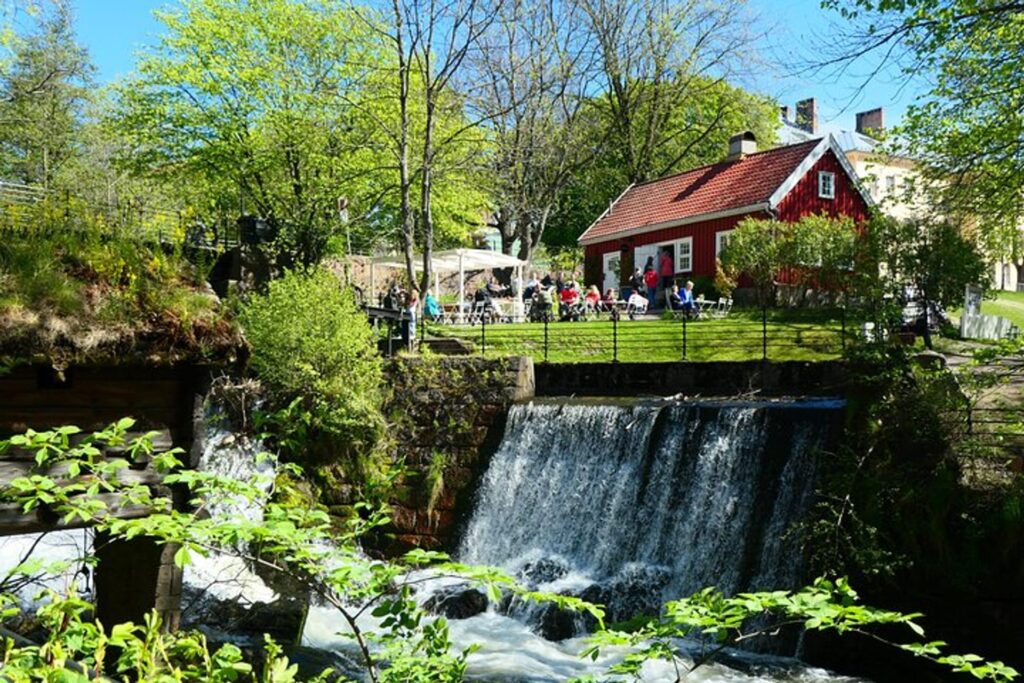
Nowhere is Oslo’s character more evident than in its relationship with nature. The Norwegian concept of friluftsliv — a love of open-air living — defines daily life here. Within minutes of the city center, residents can hike, ski, or sail. In winter, locals glide along the cross-country trails of Nordmarka, and in summer, they kayak across the glittering fjord or picnic in one of the city’s many parks.
The Oslofjord is more than a scenic backdrop; it’s part of the city’s rhythm. Ferry boats connect small islands that double as weekend escapes, while the harbor buzzes with swimmers and paddleboarders during the long summer days. This seamless access to nature isn’t a luxury — it’s an essential part of Oslo’s identity and one of the reasons its residents consistently rank among the happiest in the world.
The Human Side: Diversity and Quality of Life
Oslo’s growth has brought not only architectural and environmental progress but also social diversity. With residents representing more than 150 nationalities, the city is a vibrant mosaic of cultures and languages. This diversity enriches Oslo’s food, art, and social life, creating a community that is at once global and uniquely Norwegian.
Despite its rapid modernization, Oslo retains a sense of calm and balance. The city’s compact size, excellent public transport, and emphasis on work-life harmony foster an enviable quality of life. Education and innovation thrive here — from cutting-edge research institutions to a flourishing startup ecosystem that supports clean technology and digital creativity. Oslo’s success lies not just in its infrastructure but in its people’s shared commitment to equality, sustainability, and well-being.
Conclusion
Oslo’s journey from a quiet Scandinavian capital to a dynamic global city is nothing short of inspiring. Its skyline, culture, and spirit all reflect a place that has grown confidently into its prime — embracing progress while honoring its roots. Here, sleek architecture stands beside pine-covered hills, and innovation flows as naturally as the fjord that defines its landscape.
In Oslo, the future feels grounded in nature, community, and thoughtful design — a rare and enviable balance that many cities strive for but few achieve. Norway’s fjordside capital has found its rhythm, standing as a beacon of how modern urban life can coexist beautifully with the natural world.

